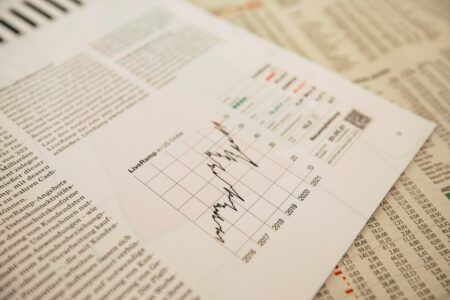According to data provided by Coin Metrics, Tether (USDT) ownership is extremely concentrated, with 318 wallets holding roughly 80% of the total circulating supply.
These wallets each hold more than 1 million USDT each. Combined, they hold approximately 3.3 billion USDT, equating to roughly 81.70% of the nearly $4.04 billion tethers currently in circulation, Bloomberg reports.
By contrast, wallets holding between 100,000 and 1 million USDT represent 10.35% of the circulating tether supply, with 418.1 million USDT, while wallets holding between 10,000 and 100,000 tethers comprise 3.70% of USDT supply, while wallets holding less than 10,000 tethers equate to roughly 4.95% of circulating tethers.
Binance and Huobi Wallets Hold 20% of USDT
According to wallet.tether’s rich list, eight wallets identified as belonging to Binance, Huobi, Bittrex, OKEx, Kraken, and Bitfinex, which comprise two-thirds of the 12 largest USDT wallets, collectively hold nearly 24% of circulating USDT, with approximately 967.29 million USDT.
The two tether wallets known to be owned by Binance comprise the first and fourth largest, representing nearly 13% of USD supply with 522.42 million USDT. The two wallets identified as belonging to Huobi comprise the third and fifth largest, with 309.14 million USDT or 7.65% of the stablecoin’s supply.
New York Supreme Court Extends iFinex and NYAG Case
On July 29, 2019, Justice Joel Cohen of the New York Supreme Court ruled to extend the preliminary injunction in the case between Tether and Bitfinex’s parent company, iFinex Inc., and the New York Attorney General (NYAG) by 90 days.
In April, NYAG Letitia James obtained a court filing alleging that iFinex’s associated entities had operated in violation of New York law, and may have defrauded New York-based cryptocurrency investors after Bitfinex allegedly lost $850 million in customer funds and covered up the loss by borrowing $900 million from Tether. According to iFinex’s legal representation:
“For purposes of personal jurisdiction, OAG cannot show Respondents engaged in any business activity purposefully directed at New York. OAG tries to confuse matters by referring to isolated instances where Respondents’ foreign customers have shareholders or other personnel in New York. But in those circumstances, Respondents’ counterparties — the ones with which Respondents actually transacted business — are the foreign entities.”








